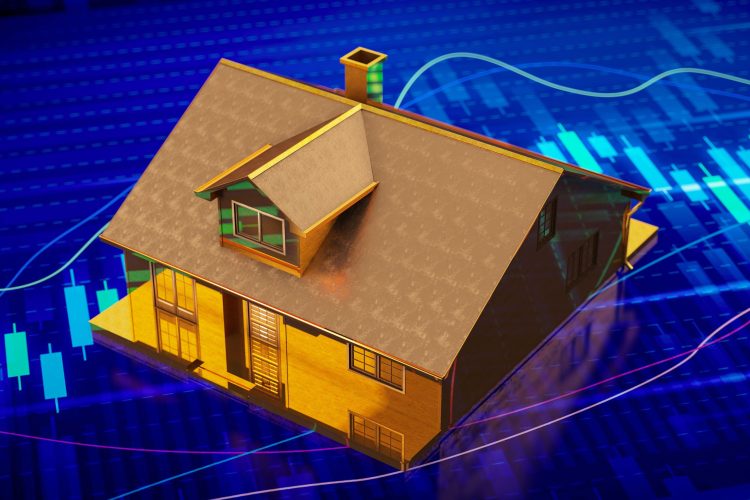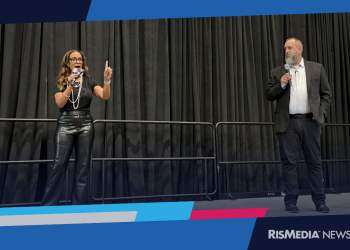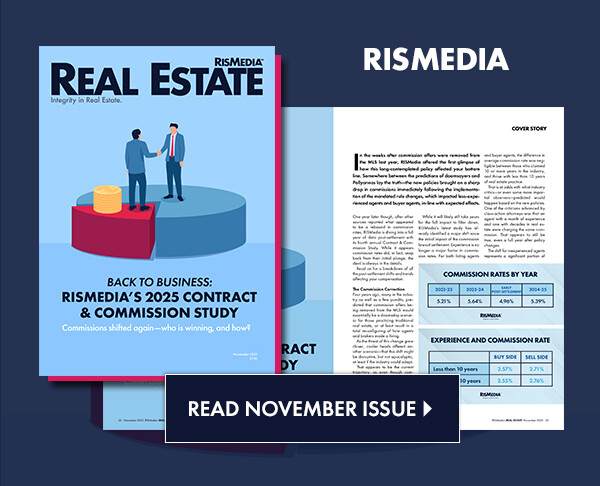Homeownership rates are likely to stall over the next decade as younger adults struggle to overcome affordability challenges.
That’s according to a new research paper from Harvard University’s Joint Center for Housing Studies (JCHS) released Monday. From 2025 to 2035, researchers project that homeownership rates will range from a low of 64.3% to a high of 66.8%, remaining relatively flat over the next decade. The current homeownership rate stands at 65.9%.
The estimates reveal competing demographic pressures are shaping the housing market. An aging population will push homeownership rates higher, as households headed by people aged 65 and over will grow by nearly 20% between 2025 and 2035, the JCHS found. Meanwhile, increasing racial and ethnic diversity will put downward pressure on overall home rates due to persistent homeownership disparities.
The JCHS study presents three distinct scenarios—base, average and low growth trajectories—based on various ways current housing market conditions might play out in the future and impact homeownership patterns.
In the base scenario, homeownership rates remain consistent by age and race, resulting in a flat 65.9% rate through 2035. This scenario isolates the impact of demographic changes alone. In the average scenario, each age and race group follows historically average trajectories for homeownership as they age, leading to a modest 0.8% increase to 66.8%.
But in the low-growth scenario, younger people follow historically low homeownership trajectories as they grapple with affordability obstacles, resulting in a 1.6% decline in homeownership rate to 64.3%.
That translates to 337,000 new homeowner households per year—less than half the recent average.
Young adults, households of color will see biggest impact
The scenarios show dramatically different outcomes for households under age 45, where the greatest swings in homeownership rates typically occur.
Under the average-trajectory scenario, homeowner households under 45 would increase by 1.44 million between 2025 and 2035. However, under the low-trajectory scenario, this group would see 2.05 million fewer homeowners—a swing of 3.5 million households.
The study, authored by Daniel McCue, Chris Herbert and Riordan Frost, notes that current market conditions suggest the low-trajectory scenario may be more realistic for younger buyers.
Meanwhile, households of color will account for 98% of all net household growth over the next decade, with Hispanic households alone representing nearly half of total household growth. It’s a significant shift because homeownership rate gaps are substantial.
Compared to non-Hispanic white households, Black households homeownership rates are 28% lower, Hispanic households are 25% lower and Asian households are 14% lower as of 2024.
Growth in housing demand will slow as household growth dwindles
Regardless of which way the scenario goes, there’s no denying it: The U.S. will see less demand for housing as household formations decline.
Researchers expect that household growth will average 859,000 per year over the coming decade—nealry 30% less than the historical average of 1.2 million in household growth the U.S. saw each year since 2000.
This slowdown will affect both ownership and rental markets differently depending on homeownership rate trends, the paper states.
For owner-occupied housing, it means an annual growth rate ranging from 337,000 (low scenario) to 685,000 (average scenario), compared to the historical average of 685,000. On the rental side, annual growth will range from 174,000 (average scenario) to 523,000 (low scenario), compared to the historical average of 524,000, the report found.
Housing market conditions a wild card
The study authors pointed out the uncertainty in projecting homeownership rates, noting that “much more dramatic swings in homeownership rates are certainly possible, as the experience of the early 2000s illustrates.”
Recent experience shows this volatility. The Center’s previous 2019 projections anticipated modest changes, but actual homeownership rate increases initially exceeded even the high-scenario projection. However, those rates declined in 2024 and early 2025 as high mortgage rates and home prices persisted, sidelining buyers.
Researchers found that the annual income needed to afford a median-priced home rose from $79,330 in 2021 to $126,670 in 2024. Thirty-year mortgage rates, which fell below 2.65% in January 2021 during the COVID-19 pandemic, have been stuck in the 6% to 7% range since 2022.
“Changes in market conditions can quickly change households’ ability to own homes and drive big movements in homeownership rates that easily overpower the impact of underlying demographics, making predictions of future homeownership rates subject to a wide margin of error,” the report states.
The authors also noted that “more significant changes in interest rates, home prices and household incomes would easily push homeownership rate trends” beyond the forecasted ranges.












